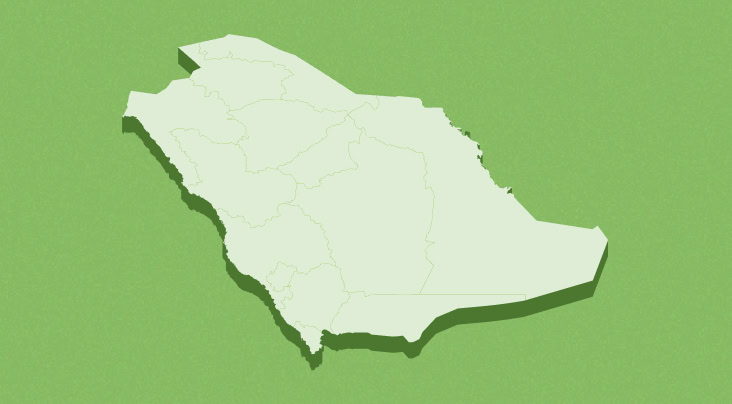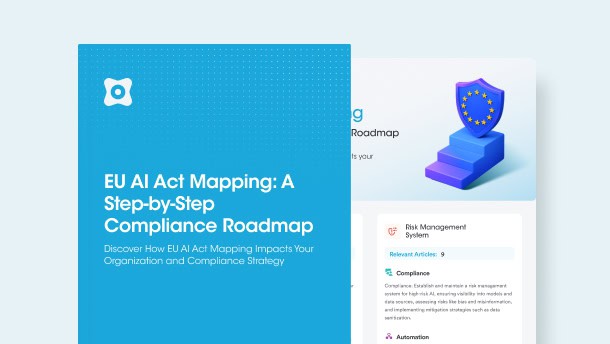Data is all you hear these days. From online sites to various corners around you in the office, data is the widely used term and is the technology that powers mega corporations today. With data, you have the power to gain insightful knowledge through data analysis.
Today, almost all businesses use data-driven insights to expand their operations. However, data must be correctly migrated and mapped for any data analysis to produce relevant results. This is where the concept of data mapping is helpful.
What is Data Mapping?
Data mapping is the process of combining fields from many datasets into a structured or central repository. Data mapping is necessary for the transport, input, processing, and management of data. The ultimate goal of data mapping is to merge various data sets into a single one.
The process of assigning or mapping a set of data to its destination, also known as the target, is known as data mapping. Data mapping aims to make your organization's data more organized, consistent, and available to your team or clients for improved usage.
Data mapping is widely standard in business as businesses regularly deal with large volumes of data. However, as data volume and system complexity have increased, the data mapping process has become more complex and calls for adopting automated technology for improved usage of data mapping.
Example of Data Mapping
Data comes from various sources, and each source has unique definitions for the same data points. For instance, a source system's state field might display New York as "New York," whereas a destination system would record it as "NY."
In essence, data mapping enables the precise and practical transfer of data from a source to a destination by bridging the gaps between two systems or data models, drastically improving the efficiency and effectiveness of the data at hand.
A data format is the structure of data residing within a database or a file system that gives meaning to the information. Since the emphasis is primarily on gathering relevant data, the data's format usually takes a backseat. Data comes in various formats because it is gathered from a single source or several sources.
Making the best use of data requires organizations to ensure the format of the data. The best format is one that is open and long-lasting. Here are examples of preferred format choices:
- Image: JPEG, JPG-2000, PNG, TIFF
- Text: plain text (TXT), HTML, XML, PDF/A
- Audio: AIFF, WAVE
- Containers: TAR, GZIP, ZIP
- Databases: prefer XML or CSV
Use Cases of Data Mapping
Data is an integral part of every organization. Organizations use data from their internal and external sources to derive business value. To do so, this data must be easy to process and analyze. Here are some key considerations to help achieve that objective:
Data Integration
For data to be integrated, the source and target data repositories must have the same schema. It is rare for any two schemas to be identical. This is where data mapping comes into play, bridging the gap between the schemas and allowing businesses to easily consolidate information from different data points.
Data Migration
To move data between databases, data managers must create maps between the source and destination. This can be a cumbersome task if done manually and bears the risk of being inaccurate. An automated data mapping solution addresses this challenge and enables the automatic migration of data.
Data can be stored in several locations and formats within an organization. Data mapping is essential to break this information into an easily analyzable form. Data mapping creates a framework of changes that must be made to data before it is loaded into the target database or data warehouse.
Electronic Data Interchange (EDI) Exchange
Data mapping is integral to Electronic Data Interchange file conversion by converting files into various formats, such as JSON, XML, and Excel. A data mapping tool can help extract data from different sources and utilize built-in transformations and functions to map data to EDI formats without writing a single line of code. This process helps streamline the B2B data exchange.
Data Mapping Techniques
There are three types of data mapping techniques.
Automated
Automated data mapping needs specialized software to match new data to your current structure or database. These tools use machine learning to continuously enhance or monitor your data models. Data mapping automation has several benefits, including:
- Obtaining data with ease from thousands or hundreds of sources,
- A user-friendly UI that enables non-technical employees to manage intricate data operations,
- Observing visually appealing representations of the data flow,
- Getting alerts when problems occur, and
- Solving those problems to make specific remedies.
Semi-Automated
Semi-automated data mapping, commonly referred to as "schema mapping," is a method that combines the best aspects of both manual and fully automated data mapping where a team member manually reviews the system and makes any necessary modifications after the process has been laid out.
This is an intelligent approach when performing straightforward integrations, migrations, or transformations on tiny datasets, especially for teams working with tighter budgets.
Manual
Due to the enormous amount of data that modern businesses have access to, it is getting tougher to develop a solid data management strategy without automated tools. Instead, when the database isn't too extensive, manual data mapping is a decent option for a one-time activity.
Data Mapping Process in 5 Steps
Here’s the data mapping process:
Identify Data
Identifying which data needs to be transferred or restructured is the first step in the data mapping process. There isn't a universal recipe, which is unfortunate. Ensure that data accuracy is kept and that there is no data loss. Make sure the interpretations are correct.
Figure out the data flow. Map the relevant data formats from the source to the destination. Maintain logs with the necessary level of detail and pay particular attention to any problems or obstacles.
To store and use a field effectively afterward, it may be necessary to change it there. For instance, you must convert your data into a consistent Standard Time Format before analyzing it if it was collected from different time zones.
Test and Deploy
Visual, manual, and automated testing are all common testing types. Due to the enormous amount and diversity of data being processed nowadays, automated testing is no longer a luxury but a need. When the tests are complete and the user is convinced, the data can be deployed or moved to a datastore where analytical or business processes will use it.
Maintain and Update
The data mapping method will require upkeep and updating when more recent data and data sources are incorporated. Consequently, robust data mapping tools are required to keep up with the evolving needs and an increasing number of data sets coming your way.
Data Mapping Under Privacy Regulations
Most data privacy laws encourage organizations to incorporate data mapping to comply with their requirements. These laws may not explicitly mention the need for data mapping, but some rules make it evident that using data mapping is the best way forward.








































